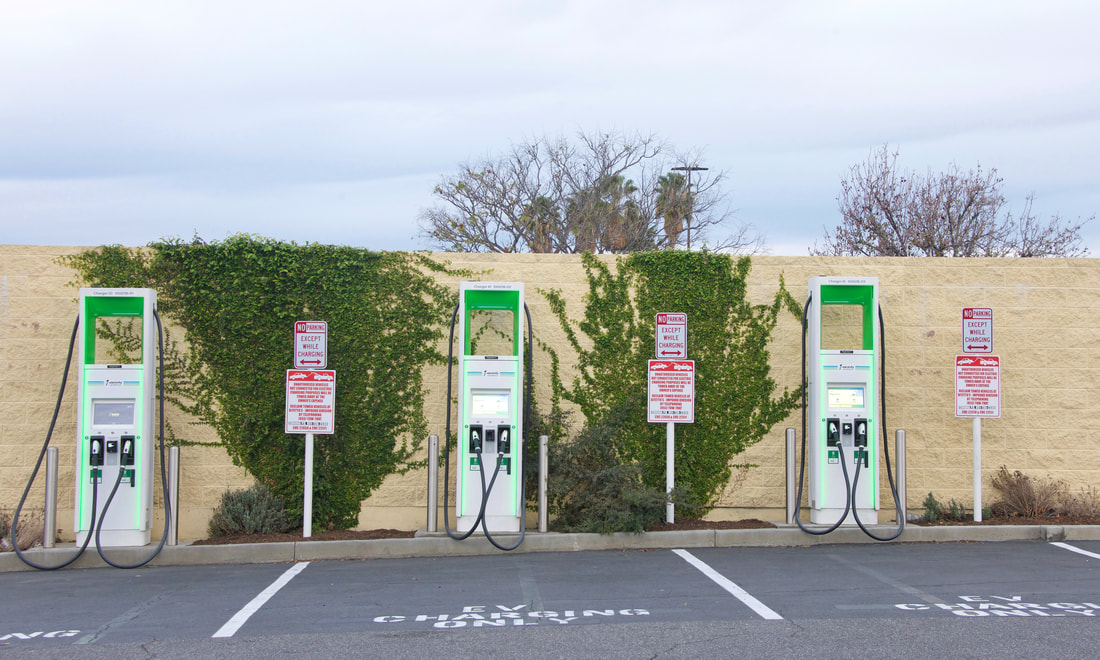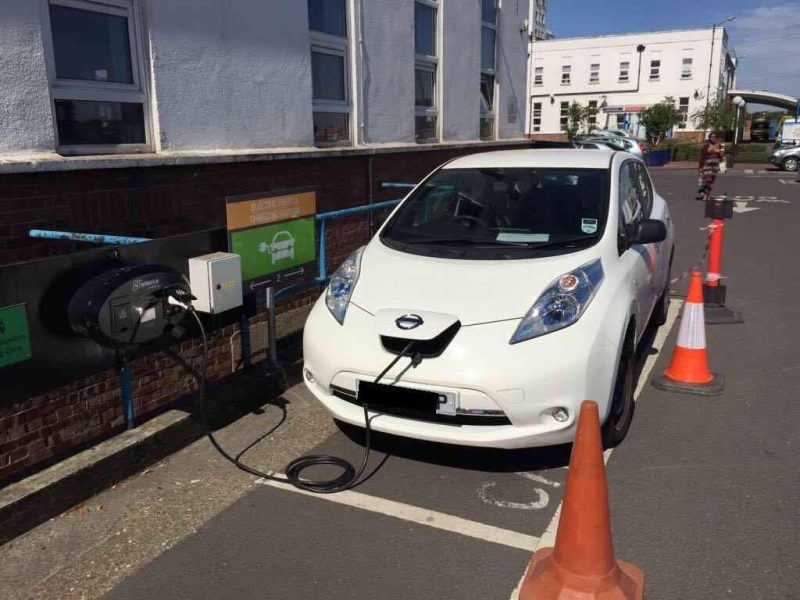|
As EVs continue to rise in popularity, the charging infrastructure in the US must keep up as demand grows. We can expect to see significant developments in 2023 as more and more companies look to increase the production of electric cars. In this article, we will discuss the current state of public charging, what we can expect in the future and the challenges the industry faces as it rolls out. Current State of the Charging Infrastructure in the US As of January 2023, there were approximately 160,000 public charging stations in the US. With growing demand and pledges by the Biden administration, this figure will definitely grow significantly in the coming years. Here are some critical facts about the current state of charging:
The public charging infrastructure is very much in its infancy, and there is still significant room for growth. As more and more consumers switch to electric vehicles, it will be crucial to continue to expand and improve the charging infrastructure to meet their needs. The Future of Public EV Charging The charging infrastructure is expected to accelerate at a similar rate to the production of EVs. There are a number of charging companies and network operators (like Electrify America, EVgo, Blink, and others) investing billions of dollars into expanding affordable EV charging solutions, and these investments will increase in the coming years. Major automakers such as Ford, General Motors, and Volkswagen have also made major investments, with plans to invest billions more into increasing their production of electric vehicles and have formed partnerships with network operators to improve consumer access to the charging infrastructure.. By having these companies invest in the charging networks, we expect to see more accessibility for EV owners across all 50 states. The efforts to build out the needed charging infrastructure aren’t limited to the private sector either. Recent announcements by the Biden Administration have committed many billions of federal dollars to accelerate the plans already in place. Challenges Facing Charging Infrastructure Development While the development of the charging infrastructure in the US is progressing rapidly, there are still numerous obstacles that need to be overcome before you will have tens of millions of EV’s on the roads. Some of the more pressing challenges include: Cost - It’s no surprise that purchasing and installing charging stations, and operating and maintaining them can be expensive. For some, the price may be too high and this will slow the growth of the industry. Permitting and Regulations - The permitting and regulatory requirements for installing charging stations can vary widely from state to state, which can be a real problem when you are trying to roll out charging points across the whole of the US, adding valuable time and cost to the process. Conclusion In the absence of substantial investment and advancement in the US charging infrastructure, a widespread shift to electric vehicles is uncertain at best. It is essential to have this framework in place before the number of EVs on our roads surges to record level. Encouragingly, automakers, charging providers, and the government are collectively pouring billions of dollars into enhancing the infrastructure nationwide. This is a positive indication for the gradual elimination of internal combustion engine vehicles over the coming decades, ultimately paving the way for a future dominated by electric cars. About the Author
|
Details
Categories
All
Archives
June 2024
|
- Home
-
Learn.
-
EV 101
>
- EV Terminology
- What is an EV?
- Pros and Cons
- EV Types
- Are used EVs a good option?
- How much range do you really need?
- Real world range
- Types of charging and charging stations
- How Long Does It Take To Charge
- EV Charging Apps
- All about EV Batteries
- Regenerative Braking
- BEV System Components
- EV Maintenance
- EV Mythbusting >
- Podcast
- Newsletter
- Magazine
- Articles >
- Vehicle Reviews
- Alternative Fueling Station Locator
-
EV 101
>
- Connect.
- Experience.
- Deals
- Shop
- About Us





